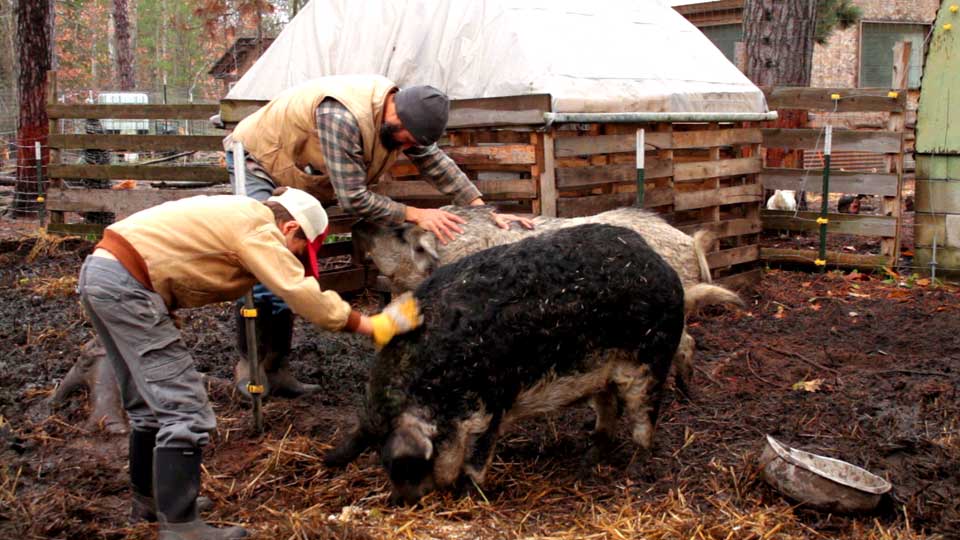Understanding Baby Colic Pain
Baby Colic Pain: Where does it come from and how to to treat it?
It begins without warning when a baby reaches two weeks of age. They begin to cry and squirm with abdominal pain… an endless cry that seems to consume thier every waking moment. These inconsolable cries naturally fill us with questions: why is this happening, when will it pass, and what can be done to ease the pain?
It is normal for most babies to have a “fussy” time of day or to experience some gastric discomfort but true colic is defined by babies whose seemingly endless cries last for more than 3 hours a day, for more than days a week, for more than 3 weeks in an otherwise healthy well-nourished baby. This can make life almost unbearable for their helpless sleep-deprived parents. Then, strangely it stops as suddenly as it began and don’t be surprised if you check your calendar and find that your baby has reached the age of 3 -4 months.
The exact cause of colic pain in babies are still not entirely understood. The origins of this unknown pain are thought to happen when a baby’s digestive or nervous system is not developed enough. The painful cries of babies suffering from colic are generally thought to be caused by bouts of abdominal pain and cramps that start suddenly around the age of two weeks and often subside at 3-4 months, although some babies do continue to suffer beyond this point.
Additional signs that a baby is suffering from colic caused by digestive sensitivities may be: abdominal bloating, gas, diarrhea, or a red burn-like rash around the anus. For most this brings up questions as to the relationship between colic pain and the type of nutrition babies receive.
The best way to avoid colic in babies is by breastfeeding!

A newborn breastfeeds contentedly on his mother. (photo by Soullenz Photography)
Babies who are breastfed have fewer cases of colic. They may not be entirely immune from the phenomenon but there are much fewer reported cases. In my own experience breastfeeding 5 children and speaking with many other breastfeeding moms there have been very few with collicky babies.
For lactating mothers the first thing to check is the “latch” as your baby is breastfeeding. If baby doesn’t have a good seal between their mouth and the breast they can swallow excess air that will cause gas, cramping, and abdominal pain. Difficulties with latching-on at the breast can be caused by something as simple as positioning while feeding to slight physiological issues such as tougue-ties, both of which can be easily resolved. If you’re not sure what a good latch entails or are having any pain or other issues associated with breastfeeding check your local area for a breastfeeding counselor, La Leche League, or WIC program for knowledgable support.
If it’s determined that a poor latch is not the culprit and the colic persists a lactating mother can consider adjusting her diet. There is not not any conclusive research on the affects of diet and colic associated with breastfeeding but I have heard countless mothers describe minimizing colic symptoms by temporarily emitting certain foods from their diets. In my opinion this leads one to believe that although it may not prevent problems entirely a mother that is willing to try can certainly minimize the suffering.
For those who would like give diet alterations a chance the idea is to temporarily cut out certain foods known to be digestive agitators. Dairy products are the first foods to remove from mom’s diet for 10-14 days. If there is no change in the colic symptoms mom can resume her normal diet. Other foods can be tried as well just be sure to cut out only one food at a time and avoid eating it for a few days to see if there is an improvement. Additional agitative foods to try avoiding are beans, cabbage, broccoli, and caffeine. If there is no change you can resume eating the taboo foods; no need to deprive yourself (especially if you’re sacrificing coffee or chocolate.) If you find that baby’s colic is reduced by emitting certain foods then committ to avoiding the culprits until baby reaches 3 months or so of age before you resume eating them again. Drinking fennel tea can also be helpful.
Options to relieve colic in formula-fed babies
Things are more complicated with formula-fed babies and colic. There are many different varieties of formula on the market. The decision to use formulas based with cow’s milk or lactose-free alternatives is a very individual choice. Babies that are truly having difficulty digesting the large proteins found in cow’s milk can benefit from lactose-free replacements that can make it easier on babies.
I am not pretending to be an expert on this and would recommend consulting with an IBCLC (Internationally Board Certified Lactation Consultant), your care provider, and do some research online. Here’s an informative resource that I found helpful: When It Has To Be Formula. Whichever formula you decide to try it can be beneficial to use a quality powdered or liquid supplement of Lactobacillus acidophilus and Bifidobacterium. These will help promote friendly flora in the digestive tract of formula-fed babies.
It’s important when bottle feeding a formula-fed baby to remember that even if you are not “nursing” your baby you can still “nurture” them! Close physical contact provides emotional security and bonding. The non-verbal facial expressions, eye contact, and loving physical touch to stimulate your baby. In addition the skin-to-skin feeding promoted with breastfeeding is just as beneficial for bottle fed infants! It has been shown in studies to have a calming effect on babies inducing the production of the bonding hormone oxytocin which promotes good health in both babies and their mothers.
It’s also important to the health of your baby to receive affectionate nurturing care, even when crying to promote oxytocin production and encourage their emotional and neurological development. In contrast babies that are left to cry without receiving any nurturing responses release large amounts of the stress hormone called cortisol. Even mothers will produce elevated amounts of cortisol when their babies are crying. These increased levels of cortisol on a regular basis can make babies and their mothers more susceptible to illness.
Techniques for soothing collicky babies
While it may be impossible to pin point the exact cause of a baby’s colic pain in the meantime a parent’s struggle to find ways to soothe their crying babies must be addressed. Emphasis should be placed on developing coping skills In closing here are some tips you can use to try and calm a crying baby: stroller trip, ride in the car, wearing baby in a carrier on chest, shoulder, or back; white noise (vacuum cleaner, washer/dryer, heart monitor, etc), singing, rocking, walking, gentle tummy massage, bending baby’s knees towards stomach, holding baby facing down across forearms of adult with head near crook of elbow and tummy in palm of hand try gently patting their back or bottom while in this position.
In closing don’t hesitate to call on family and friends to help care for baby so you can get a break (maybe even a nap) and count the days till baby turns 3 months old! Please leave us a comment to share that might help others if you have a soothing technique that worked for your colicky baby.














You must be logged in to post a comment Login